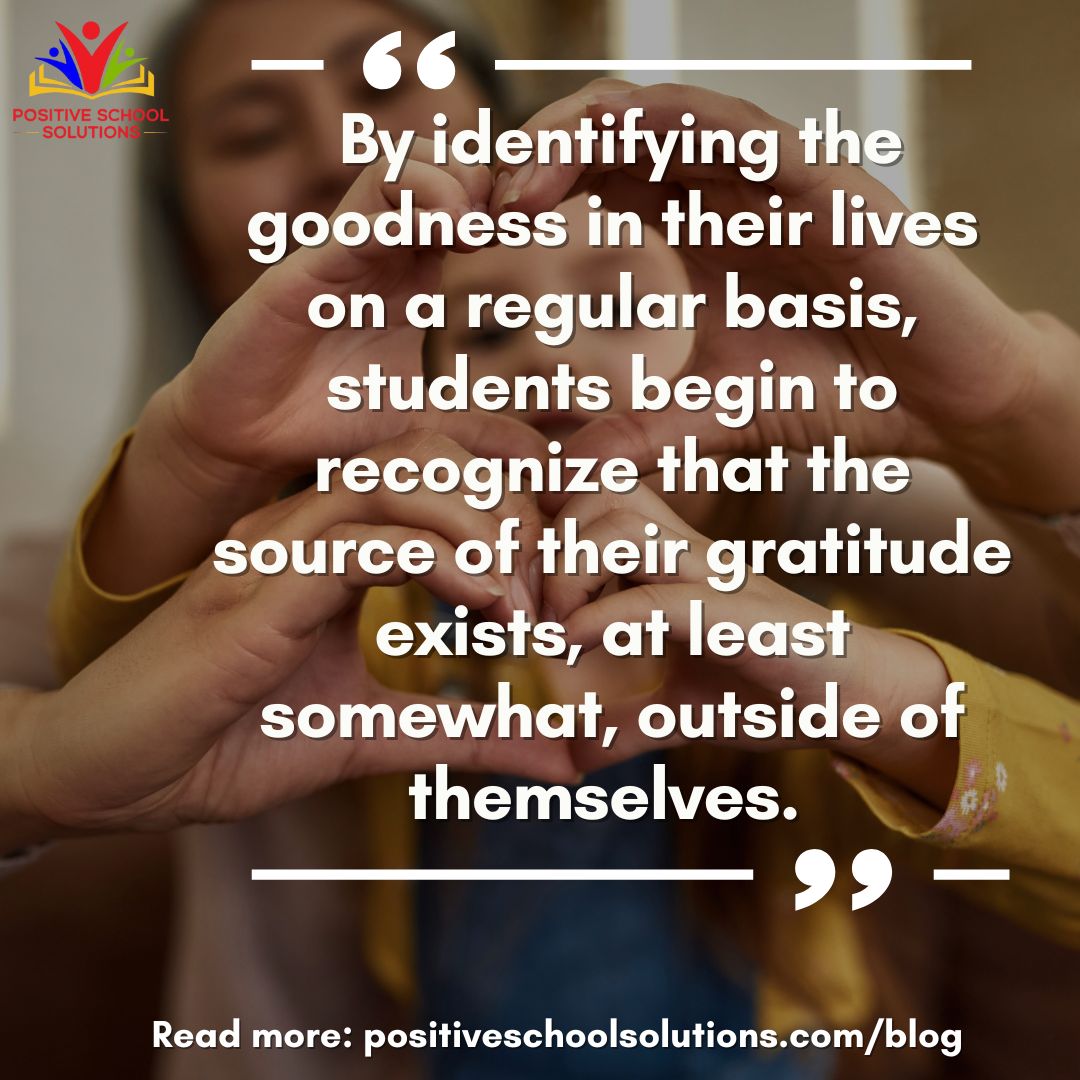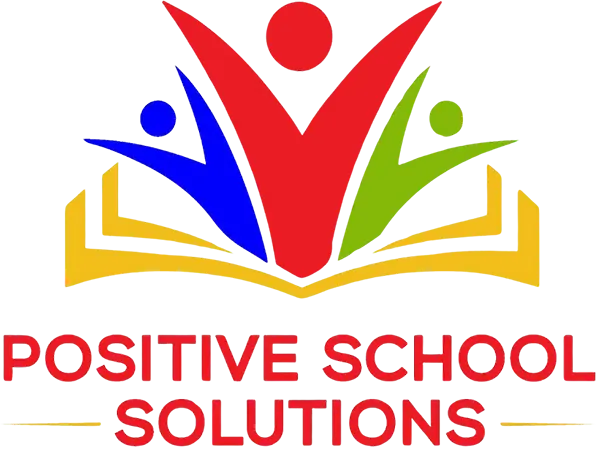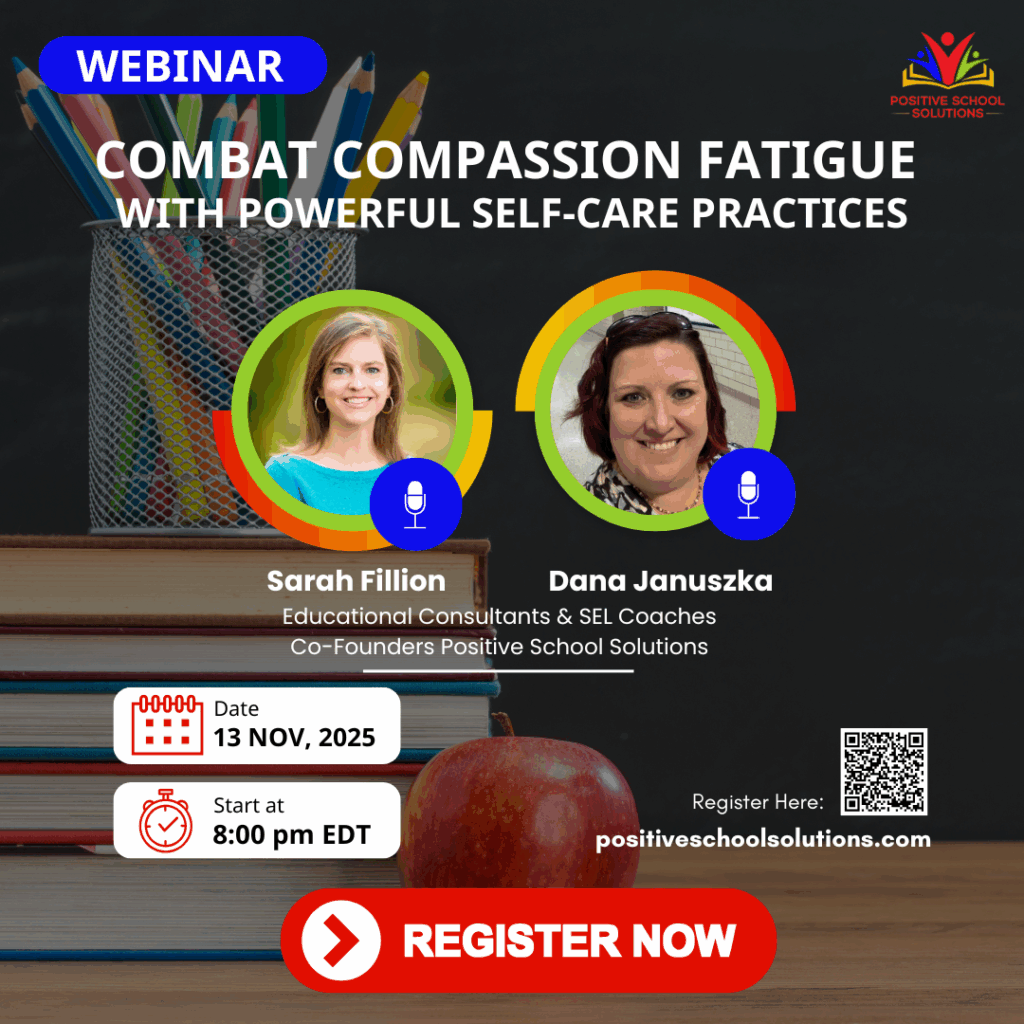November is National Gratitude Month, which is clearly linked to the major holiday of Thanksgiving. Looking on the internet, you can find many activities to do with students to teach them how to express gratitude. Scavenger hunts, journals, gratitude jars, and more are all fantastic ways to help students learn what expressing gratitude is and make it into a fun and accessible activity they want to frequently repeat. While focusing on these various activities in November is a great way to launch gratitude as a regular practice, there are several reasons to continue that practice after the calendar has flipped to a new month. Regardless of the gratitude activities your students embark on, the benefits and outcomes are the same. Read on to learn more about how a regular practice of gratitude positively influences students. 
- Students feel happier. There are many studies that illustrate a direct correlation between gratitude and happiness in both adults and in students. The more students are encouraged (given time, practice, and verbal reinforcement) to reflect on what they are grateful for, the more experiences and positives they are able to identify. This wider perspective increases their happiness as they are able to identify the good more frequently and are better equipped to find happiness within their present situation instead of longing for change.
- Increased self-esteem. By spending time practicing gratitude, we increase our self-esteem because we identify positives in our current circumstances, which in turn make us feel better about ourselves. With young adolescents in particular, having increased self-esteem is crucial to their development of identity and individuality and plays a significant role in their level of engagement in school.
- Higher satisfaction with school experience. According to the Greater Good Science Center at the University of California, Berkeley, gratitude “helps students feel more connected to their school, family, and community.” As students have opportunities to share what they are grateful for with classmates, they are more likely to feel a sense of connectedness and value, resulting in a more positive view of school.
- Improved friendships. Classmates that regularly express gratitude improve friendships by relating to expressions of gratitude and identifying other commonalities. According to the Greater Good Science Center at the University of California, Berkeley,“Gratitude also functions as social glue that nurtures the formation of new friendships, enriches our existing relationships, and underlies the very foundation of human society.”
- Makes students more optimistic. Being an optimist means that you believe that good things will happen in the future. By regularly practicing gratitude, you perceive your current life circumstances to be positive, which in turn leads you to think positively about the future. Studies have shown that writing in a gratitude journal once a week for 5 minutes leads to a 5% – 15% increase in optimism. Optimistic students believe they will do well on future challenging tasks, that they can reach their goals, and that they will experience academic success.
The most amazing thing about gratitude, in my opinion, is that there is a cumulative effect. The more you practice gratitude, the more you feel grateful about. You can relate this to when students are learning a new math concept – the more they practice, the easier it becomes. When we provide students structure, opportunities, and support in expressing gratitude, they are more likely to reap these positive benefits. By identifying the goodness in their lives on a regular basis, students begin to recognize that the source of their gratitude exists, at least somewhat, outside of themselves. Connecting to something larger than themselves creates meaning and purpose, which creates a feedback loop as students see more to be grateful for in their lives.
One other fantastic piece of news about gratitude – it is never too late to begin! Whether you have been helping students create a regular gratitude practice, led students in an epic gratitude activity in the month of November, or have never had students express gratitude, you can start now and see the benefits. Hearing what students are grateful for, especially this year, will not only result in these positive outcomes for students, but will also provide a needed balm to our frayed nerves on days that everything feels difficult.
Written by Sarah Fillion & Dana Januszka for Positive School Solutions 2020

